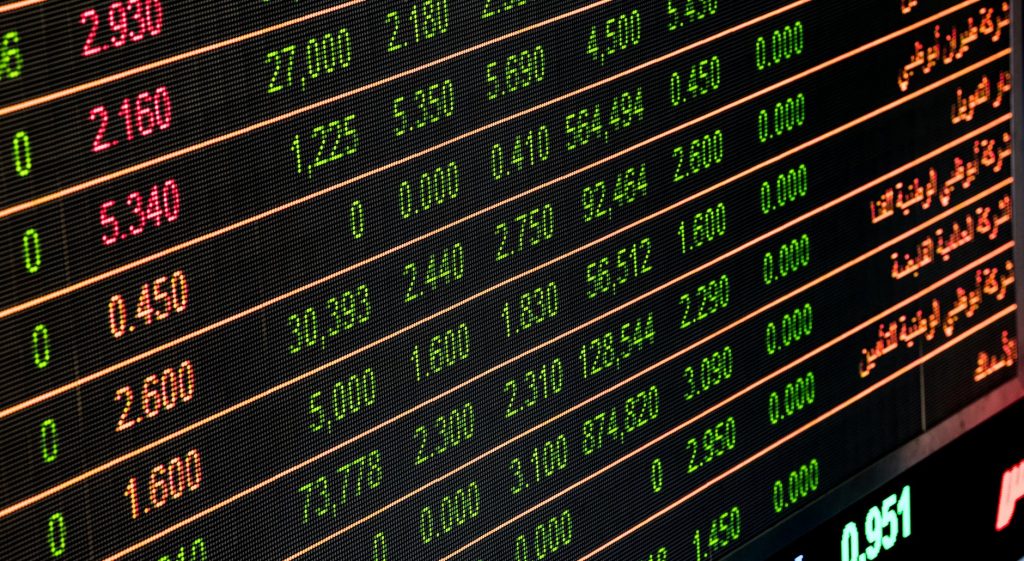Understanding Dark Pools
Dark pools are alternative trading venues where participants can place bids and offers without public disclosure until the trade is completed. The counterparties involved in the trade remain anonymous, and only the price and quantity of the traded equity are revealed post-trade. The offered prices for shares are not disclosed until the sale is finalized, meaning participants make their offers based on their own price assessments without knowing other dark pool prices. Orders are filled only if the conditions of an offer match those of another participant.
Purpose and Functionality
Dark pools were created primarily to help institutional investors execute large trades more cost-effectively. Large order sizes on lit markets can significantly impact prices, which is undesirable. By trading on dark pools, investors can reduce price impact due to restricted price information.
Various market participants, including brokers, exchanges, and banks, run their own dark pools and charge transaction fees, which are sometimes more competitive than those of exchanges.
High Frequency Traders in Dark Pools
A common misconception is that dark pools were created to allow investors to avoid trading with high frequency traders (HFTs). In reality, dark pools need liquidity providers to facilitate transactions efficiently. Many dark pool operators invite electronic market makers (EMMs), often labeled as HFT firms, to provide this liquidity. EMMs are also active on regulated exchanges and MTFs (lit markets).
EMMs are essential in dark pools as they operate on intraday volatility, trading on fractional price fluctuations. This broad portfolio approach ensures that institutional investors can execute trades at desired times and prices, enhancing overall market liquidity.
Concerns and Regulation
Concerns about dark pools include the lack of price transparency and the significant market share conducted ‘in the dark’. While HFT is heavily regulated, especially in Europe, dark pools are less regulated. The upcoming MiFID II regulations aim to increase market transparency and accountability, potentially impacting dark pool operations.
The Impact of HFT and Market Evolution
Traditional market makers who have not adopted new technologies tend to lose out due to the presence of HFT in the markets. However, institutional investors benefit from reduced transaction costs resulting from electronic market making practices.
Conclusion
Dark pools and high frequency trading play critical roles in modern financial markets. They provide institutional investors with cost-effective trading options and maintain market liquidity. Despite regulatory challenges and misconceptions, these trading mechanisms continue to evolve, shaping the future of trading in Europe.
1.https://chartexchange.com/
2. https://archive.ph/qH0NN
3.https://intrinio.com/pricing
